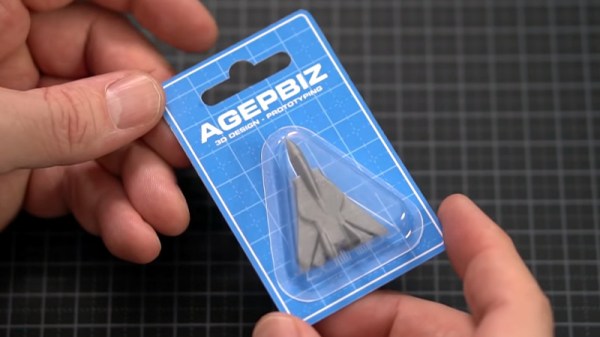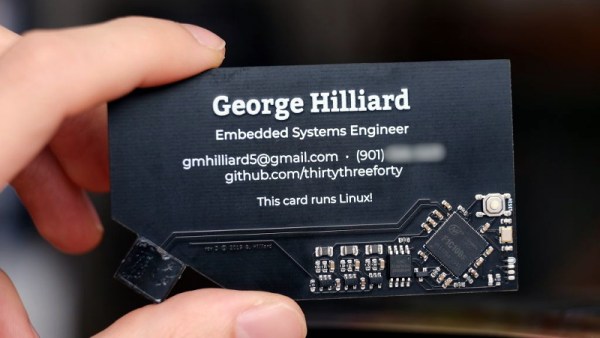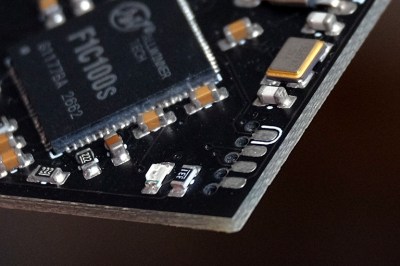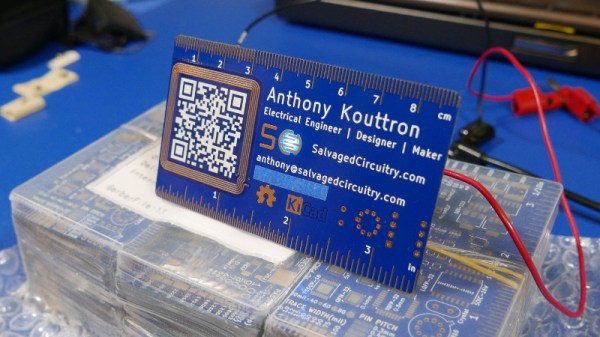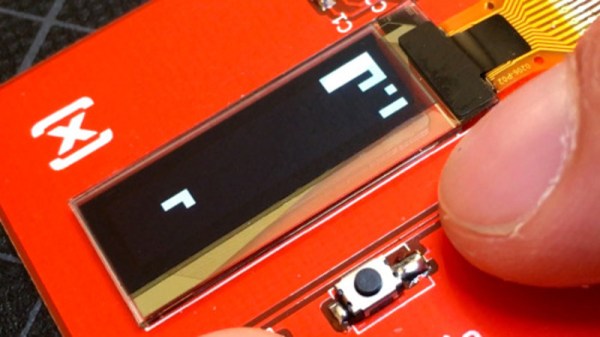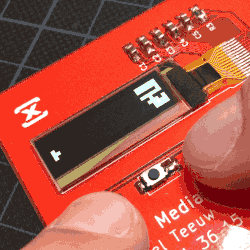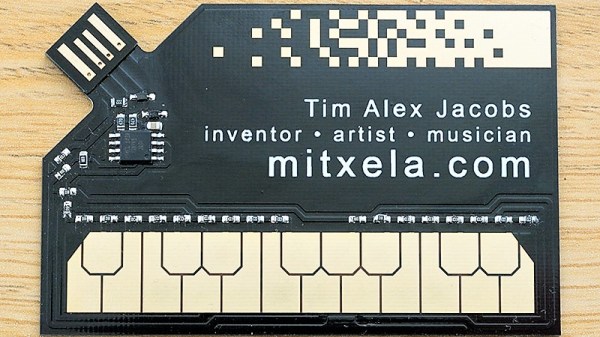In the world of business cards, it seems that for some people a white rectangle of card just doesn’t cut it any more. A card isn’t simply a means to display your contact details, instead it can be a way to show off your work and demonstrate to the world your capabilities. For [agepbiz] those are the skills of a 3D design specialist, so what better way to proceed than by distributing a 3D-printed example of his work? How to render that into a business card? Put it in a retail-style blister pack, of course. Take a look at the video below the break.
It’s an interesting process to follow, because there are certainly readers who will have toyed with the idea of selling their work, and this makes an attractive way to display a small assembly while still keeping it safe from damage. The toy – a small 3D-printed jet fighter with working swing wings that’s a masterpiece in itself – is laid on a backing card and a custom blister is glued over it. The manufacture of the printed backing card with a CNC card cutter is shown, followed by that of the blister with a custom SLA-printed mould being used to vacuum-form a sheet of clear plastic. Surprisingly the whole is assembled with just a glue stick, we’d have expected something with a bit more grab. The result is a professional-looking blister packed product of the type you wouldn’t bat an eyelid over if you saw it in a shop, and one of those things that it’s very useful to have some insight into how one might be made..
It’s possible this card might be a little bulky to slip in your wallet, but it’s hardly the only novelty card we’ve brought you over the years. Some of our most recent favourites run Linux or play Tetris.
Continue reading “Blister Pack With Jet Fighter Toy Is A Business Card”

